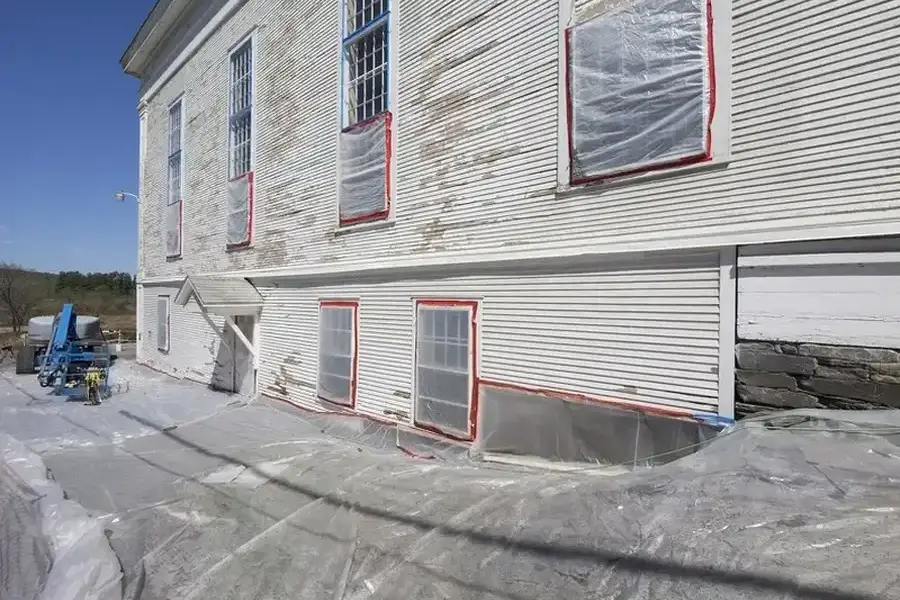The Impact of Weather on Paint Durability
When planning an exterior paint job, it is crucial to consider the weather. Conditions like temperature, humidity, and wind can all impact the outcome. Understanding these factors helps ensure a long-lasting finish that looks great for years. By addressing how weather affects painting, you can make informed decisions about timing and technique.

Why Timing Matters in Painting Projects
For any painting project outdoors, choosing the right time is essential. Weather conditions such as rain or extreme temperatures can ruin your efforts. Planning around ideal weather will help protect against potential problems. It ensures that your exterior painting results in a smooth, even coat that stands up over time.
The Role of Temperature in Paint Application
Temperature plays a significant role in how paint adheres to surfaces. If it’s too cold, paint may not set correctly, leading to peeling or cracking. Conversely, very high temperatures can cause paint to dry too quickly, affecting its bond with the surface. For optimal results, aim for moderate temperatures between 50°F and 85°F when scheduling painting projects outside.

Humidity Levels and Their Effect on Paint Jobs
Humidity levels significantly affect paint application and drying times. High humidity slows down the drying process, increasing the risk of imperfections like bubbles or streaks. On the other hand, low humidity might cause the paint to dry too fast, resulting in an uneven texture. Aim for humidity levels between 40% and 70% for best outcomes in outdoor painting tasks.
How Wind Influences Exterior Painting Outcomes
Windy conditions pose unique challenges for exterior painters. Strong winds can blow dust and debris onto wet paint, marring the finish. They also increase drying rates unpredictably, making it hard to achieve a consistent look. When possible, choose calm days for painting to avoid these issues and ensure a flawless end result.
Preparing Surfaces for Optimal Results
Preparation is key to successful painting applications. Before starting, clean and prime surfaces meticulously. Remove dirt, grease, and peeling paint to create a fresh base. Priming helps seal surfaces, providing a uniform foundation that enhances adhesion and durability of the new paint layer.
- Clean all surfaces thoroughly
- Remove old, peeling paint
- Apply primer evenly
- Ensure all areas are dry before painting
Best Practices for Long-Lasting Exterior Finishes
To achieve durable and attractive finishes, follow expert advice on materials and techniques. Use high-quality paints designed for outdoor use to withstand different weather conditions. Apply at least two coats for better coverage and protection. Regular maintenance such as periodic cleaning and touch-ups will prolong the life of your painted surfaces.
Cost Considerations for Outdoor Painting Projects
Several factors influence the cost of an outdoor painting job. These include surface area, type of paint used, and labor involved. While cheaper options might save money upfront, investing in quality materials pays off in terms of longevity and aesthetics. Consider potential savings from reduced frequency of repainting due to better initial choices.
Your Next Steps With Our Expert Services
Choosing the right time and method for your painting project makes a big difference. For professional guidance and services tailored to your needs, reach out today. Contact us by calling (610) 421-1910. Based in Phoenixville, PA, our team provides top-notch assistance throughout the region. At Jeremy's Painting, we focus on delivering exceptional results every time.
